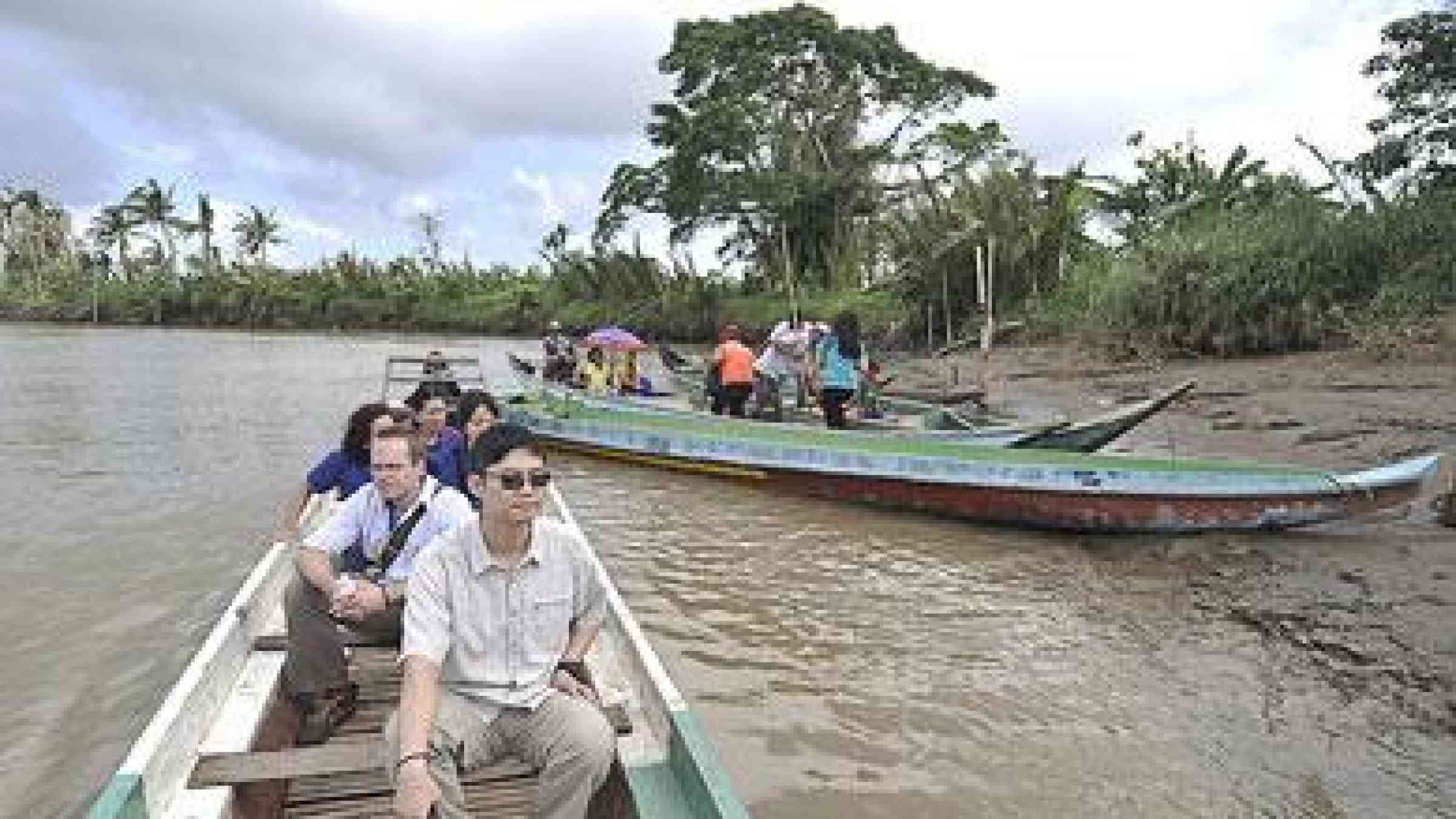Philippines: The role of civil societies in managing climate risks after Yolanda - opinion

Civil society understands that addressing disaster risk reduction and climate change adaptation is not two separate processes, writes Rowena F. Bolinas, former national coordinator of a network of 40 local, national and international organizations concerned with CCA and DRR. Beyond Filipinos’ social resilience, she says 'we must now work towards building our own economic and ecosystems resilience'.
Making the case for civil society engagement, she writes that in the Haiyan (Yolanda) reconstruction and rehabilitation, more than 100 civil society organizations met in Cebu in March this year to discuss actions for Yolanda rehabilitation and reconstruction. In comparison, the Presidential Assistant for Rehabilitation and Recovery (PARR), the government’s newly created- coordinating arm, is just starting to expand its structure and define its actual role in the rebuilding process.